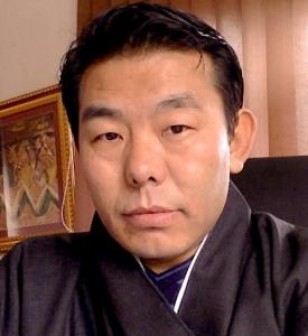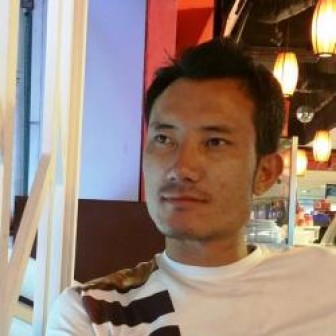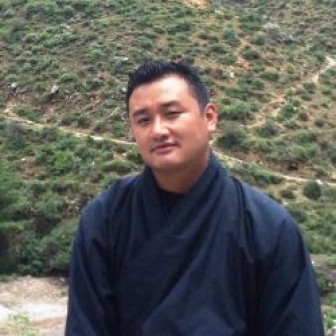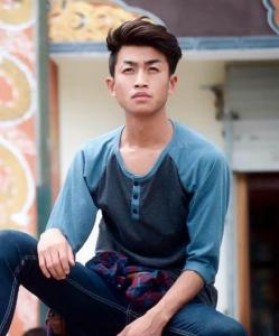



This tour imbues you with a subtle appreciation of the Bhutanese situation and a way of life. Bhutan's character is underpinned by a culture rooted in its traditional past. Monastic-fortress centers epitomize formal authority. Small, secluded, self-sufficient communities are spread thinly over the rugged landscape. Unity is established through an enduring intensity of faith.
You will journey through the cultural heartland of western Bhutan. From the sacred temples of Paro to the erstwhile 17th Century capital at Punakha via beautiful Dochula mountain Pass. We will take you to the seat of a high reincarnate lama at Gangteng and drive back to the modernizing center of Thimphu - the capital of Bhutan. You will experience broader social, cultural and ecological aspects of the landscape: taking invigorating hikes through distant village settlements and the rich untainted surrounding countryside; visiting some of the most venerable Bhutanese monasteries and being treated with the fascinating and unpretentious fusion of high culture and everyday community life.
This very special trip provides an insight into the delicate and charming conditions that for many visitors appear close to being an earthly paradise. As you travel around you will witness Bhutanese daily life proceedings, undistracted by your being there.



